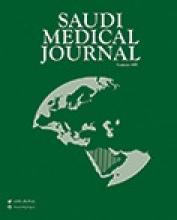Abstract
OBJECTIVE: To compare proximal gastrectomy (PG) with total gastrectomy (TG) for proximal gastric carcinoma, through the 5-year survival rate, recurrence rate, postoperative complications, and long-term life quality.
METHODS: The meta-analysis was carried out in the General Surgery Department of the Second Affiliated Hospital of Soochow University, Suzhou, Jiangsu Province, China. We searched Medline, EMBASE, and the Cochrane Library from June to November 2012. The literature searches were carried out using medical subject headings and free-text word: “proximal gastrectomy” “total gastrectomy” “partial gastrectomy” “stomach neoplasms” and “gastric cancer”. Two different reviewers carried out the search and evaluated studies independently.
RESULTS: Two randomized controlled trials and 9 retrospective studies were included. A total of 1364 patients were included in our study. Our analysis showed that there is no statistically significant difference in 5-year survival rate between PG and TG (60.9% versus 64.4%). But, the recurrence is higher in the PG group than the TG (38.7% versus 24.4%). The anastomotic stenosis rate is also higher in the PG than the TG (27.4% versus 7.4%).
CONCLUSION: Proximal gastrectomy is an option for upper third gastric cancer in terms of safety. However, it is associated with high risk of reflux symptoms and anastomotic stenosis. Therefore, TG should be the first choice for proximal gastric cancer to prevent reflux symptoms.
- Copyright: © Saudi Medical Journal
This is an open-access article distributed under the terms of the Creative Commons Attribution-Noncommercial License (CC BY-NC), which permits unrestricted use, distribution, and reproduction in any medium, provided the original work is properly cited.






